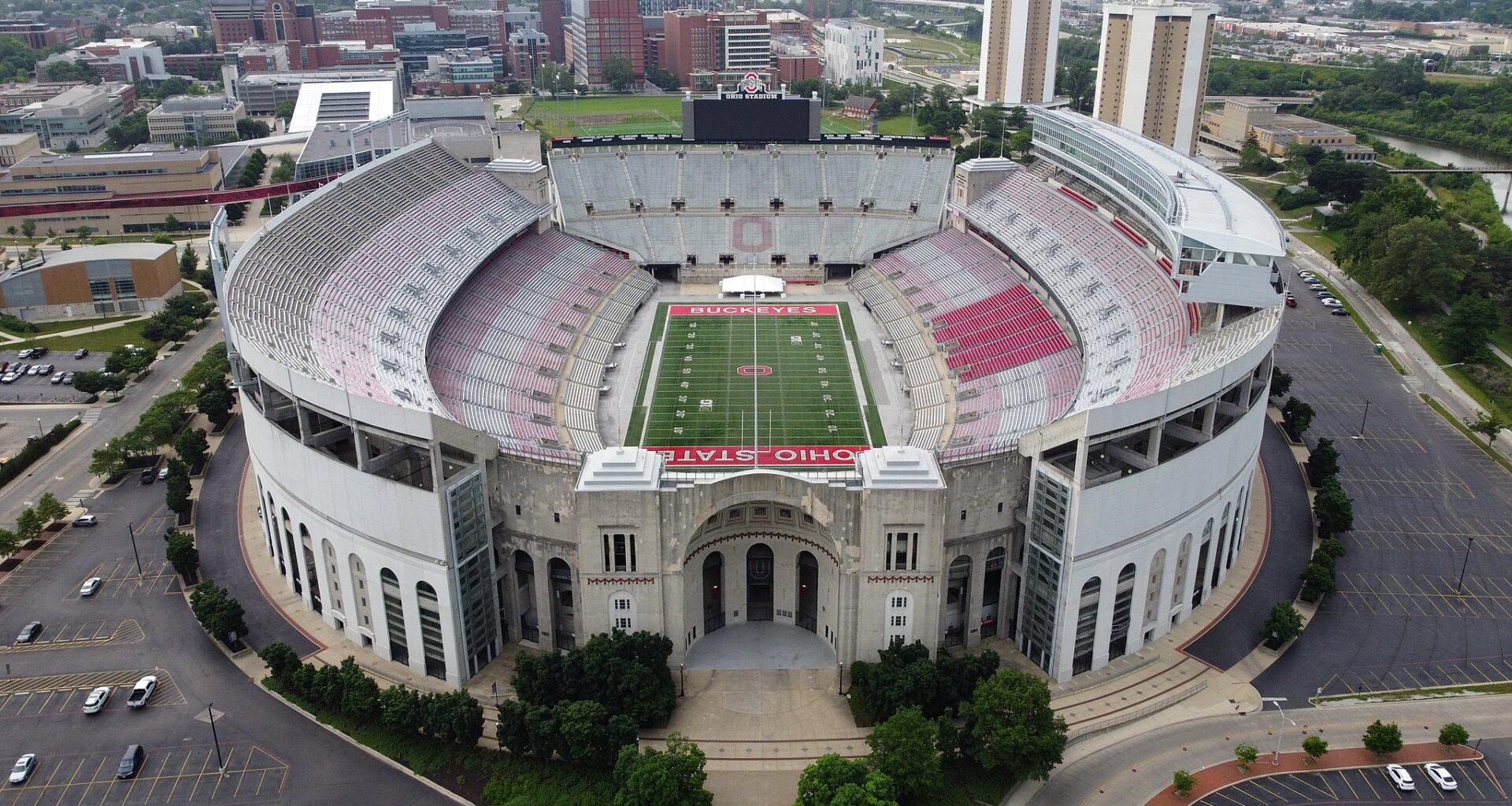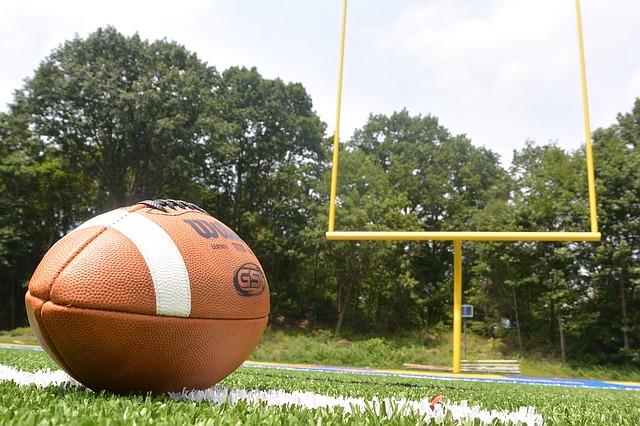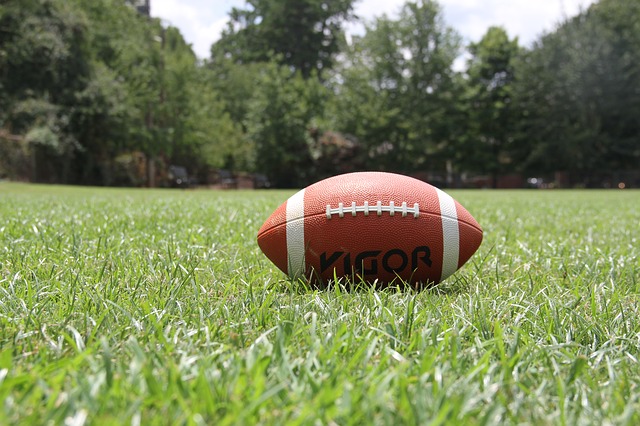By 1808De;aware
When the Ohio State Buckeyes storm onto the field at Ohio Stadium, the collective roar of the crowd is a force to be reckoned with. But the impact of these home games reverberates far beyond the stadium’s walls, and impact life in Delaware County and across central Ohio.
The 2023 season features six home games, including high-stakes matchups against Big Ten rivals like Maryland, Penn State, Michigan State, and Minnesota. Additional games against Youngstown State and Western Kentucky round out the home schedule.
While the city of Columbus thrives on the energy and economic boost these games bring, they also come with their own set of challenges. The most palpable among them? Traffic congestion. Streets leading to Ohio Stadium transform into a labyrinth of bumper-to-bumper cars, affecting not just local residents but also those planning to travel through central Ohio.
This season, these Saturdays are: September 9, September 16, October 7, October 21, November 11, and November 18.
How Game Days Affect Columbus’ Roadways
The Buckeyes’ home games are a double-edged sword for Columbus. On one hand, they bring a surge of business to local restaurants, bars, and shops. On the other, they create logistical nightmares on the roads. Routes like Olentangy River Road, Lane Avenue, and High Street become clogged arteries, making a typical Saturday drive an ordeal that requires strategic planning.
This year, the games are scheduled at various times, ranging from noon kickoffs against Youngstown State and Western Kentucky to a prime-time 7:30 PM game against Michigan State. The varying times mean that traffic patterns will also differ, affecting not just game-goers but also those uninterested in football but caught in the crossfire of congestion.
Regional Impact: It’s Not Just a Columbus Problem
The ripple effect of these games extends throughout central Ohio. Highways like I-70 and I-71 experience increased traffic, affecting travel plans for those in surrounding cities and towns. The congestion can also lead to increased accident rates, prompting local law enforcement to ramp up their presence on game days.
Moreover, public transportation systems like the Central Ohio Transit Authority (COTA) often have to adjust their schedules and routes to accommodate the influx of fans. This can lead to delays and disruptions for regular commuters who rely on these services for their daily activities.
Tips for Residents and Travelers
If you’re a resident or planning to travel through Columbus during the Ohio State home games, here are some tips to navigate the traffic maze:
- Plan Ahead: Check the Buckeyes’ schedule and be aware of game times. Adjust your travel plans accordingly.
- Use Alternative Routes: If possible, avoid the main routes leading to Ohio Stadium.
- Leverage Public Transport: Consider using COTA services or other public transportation options to bypass the traffic.
- Stay Informed: Keep an eye on real-time traffic updates through apps or local news channels.
Whether you’re a die-hard Buckeyes fan or just someone trying to get from Point A to Point B, understanding the impact of these home games can make your life a lot easier. After all, in Columbus, football is more than just a game; it’s a citywide event that leaves its mark in more ways than one.
Photo: 
Sign up here for 1808AM, our incredible weekday morning enewsletter, bringing you the latest Delaware County news -- for free!







